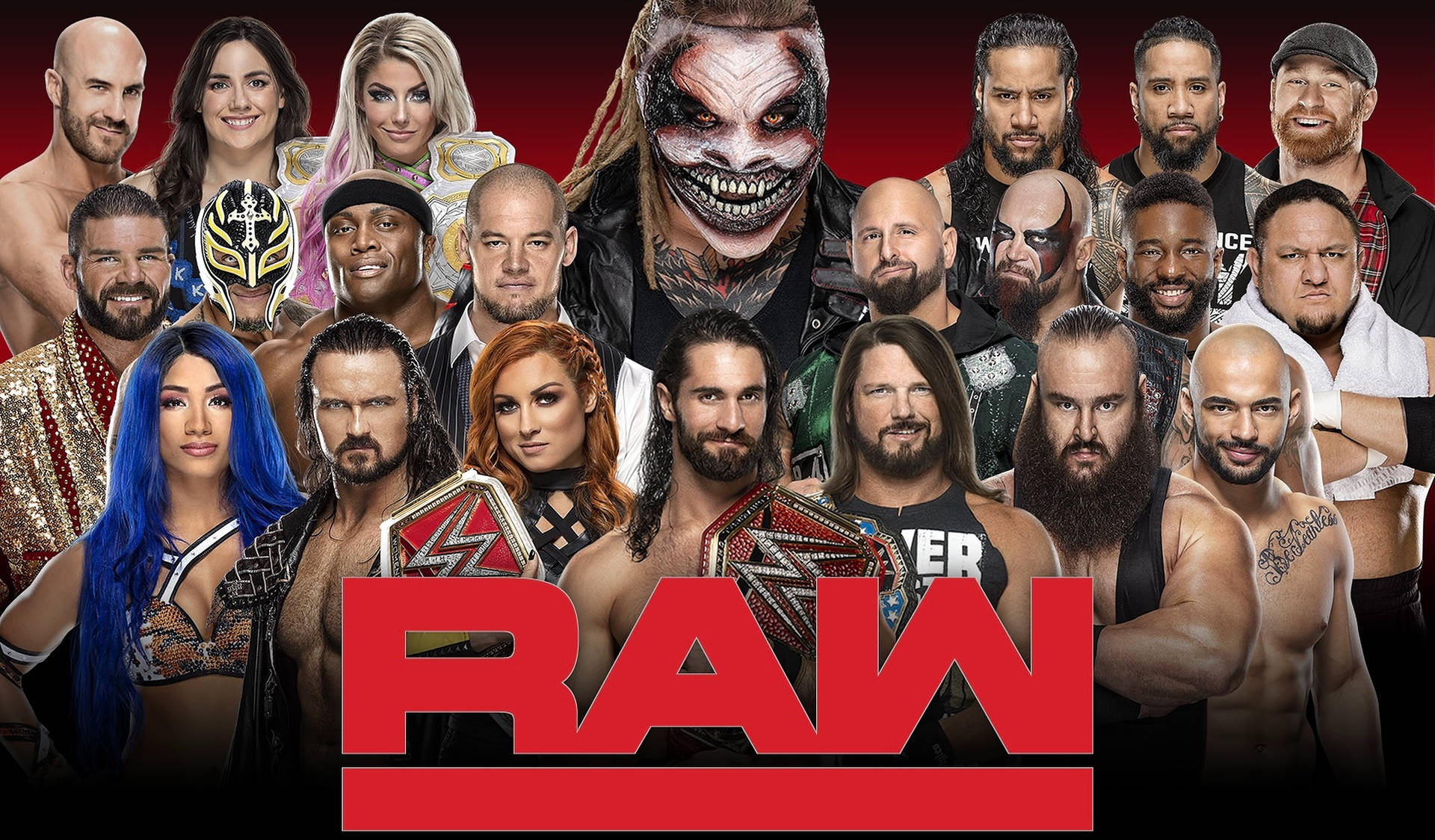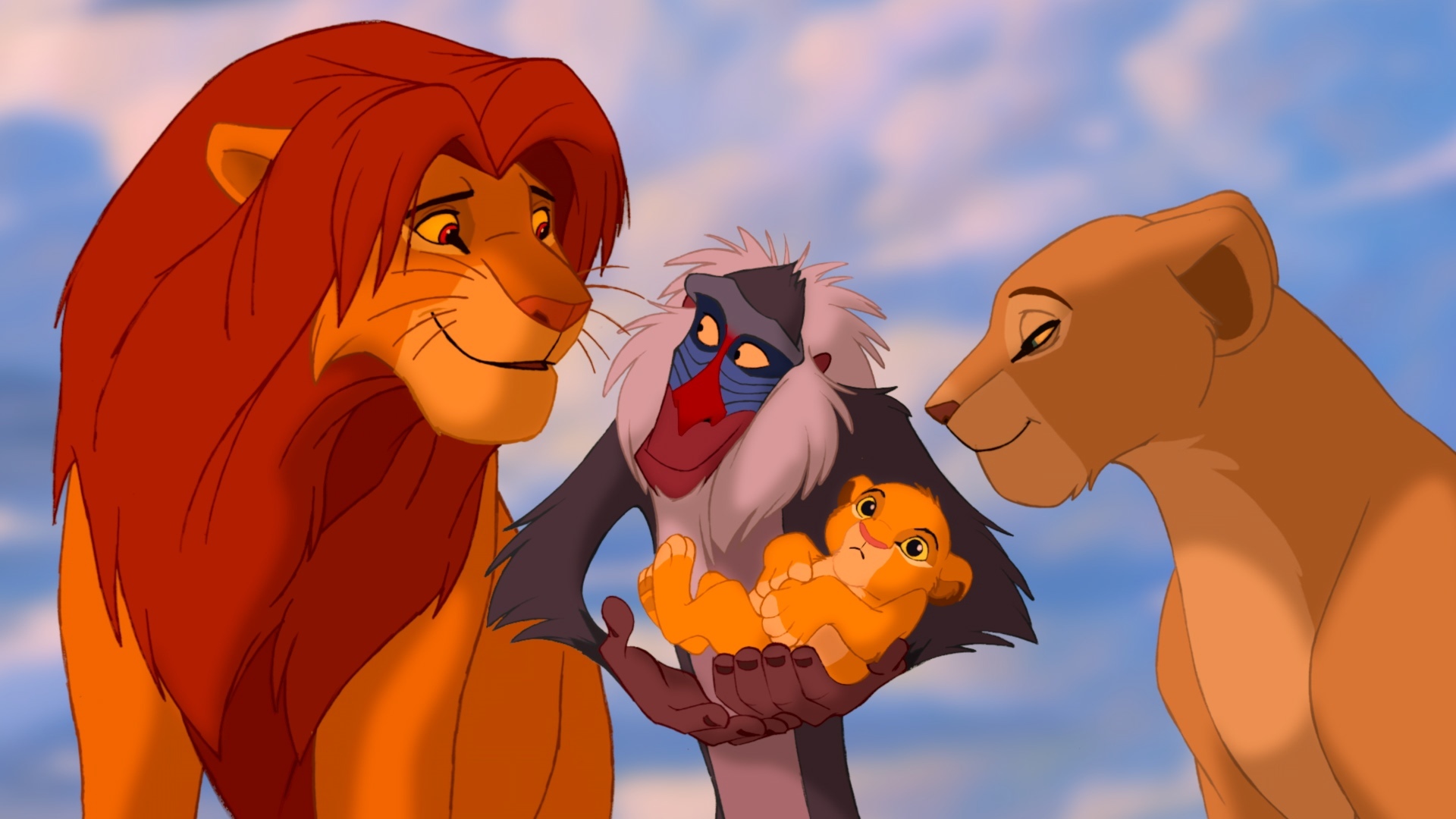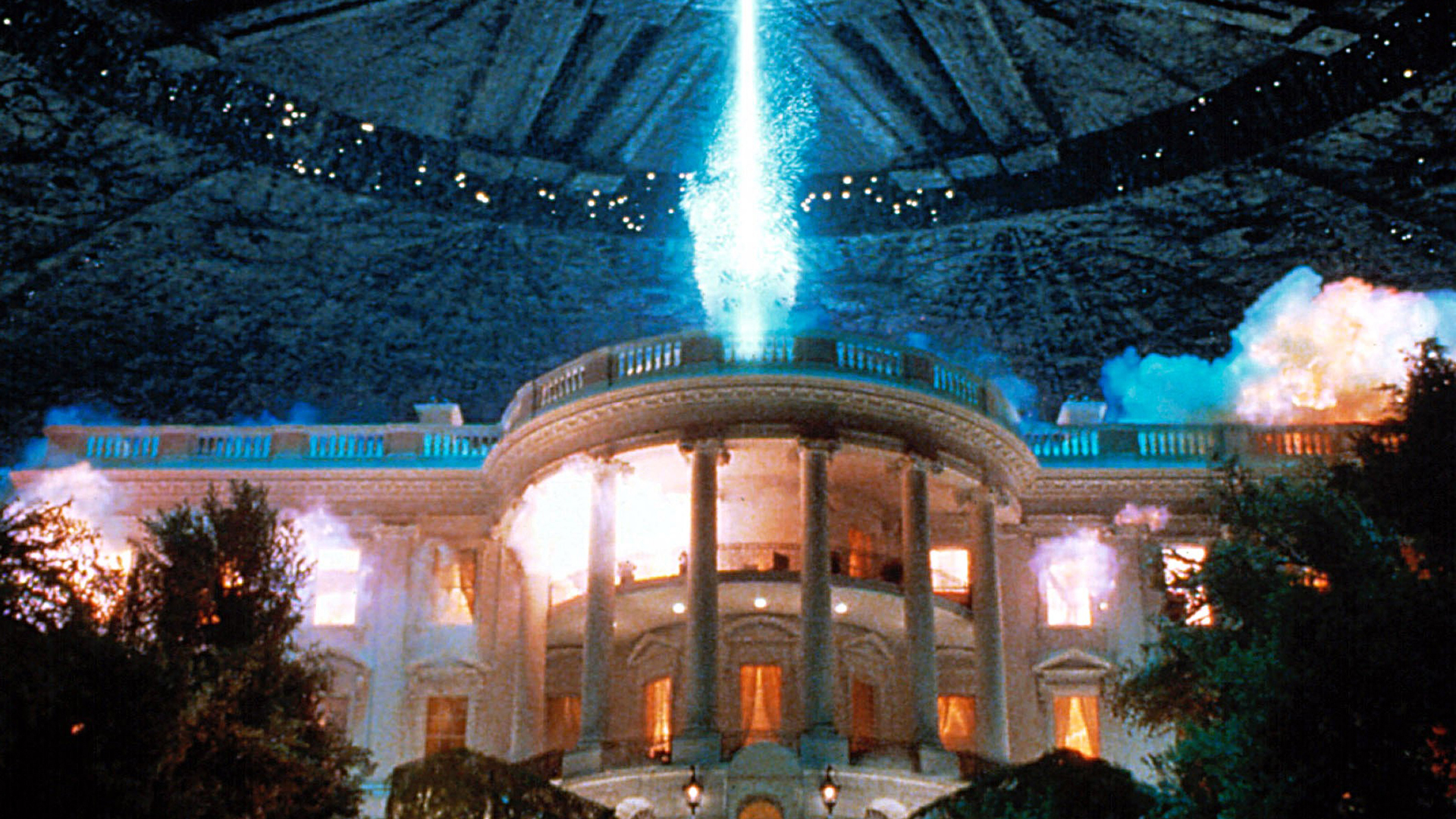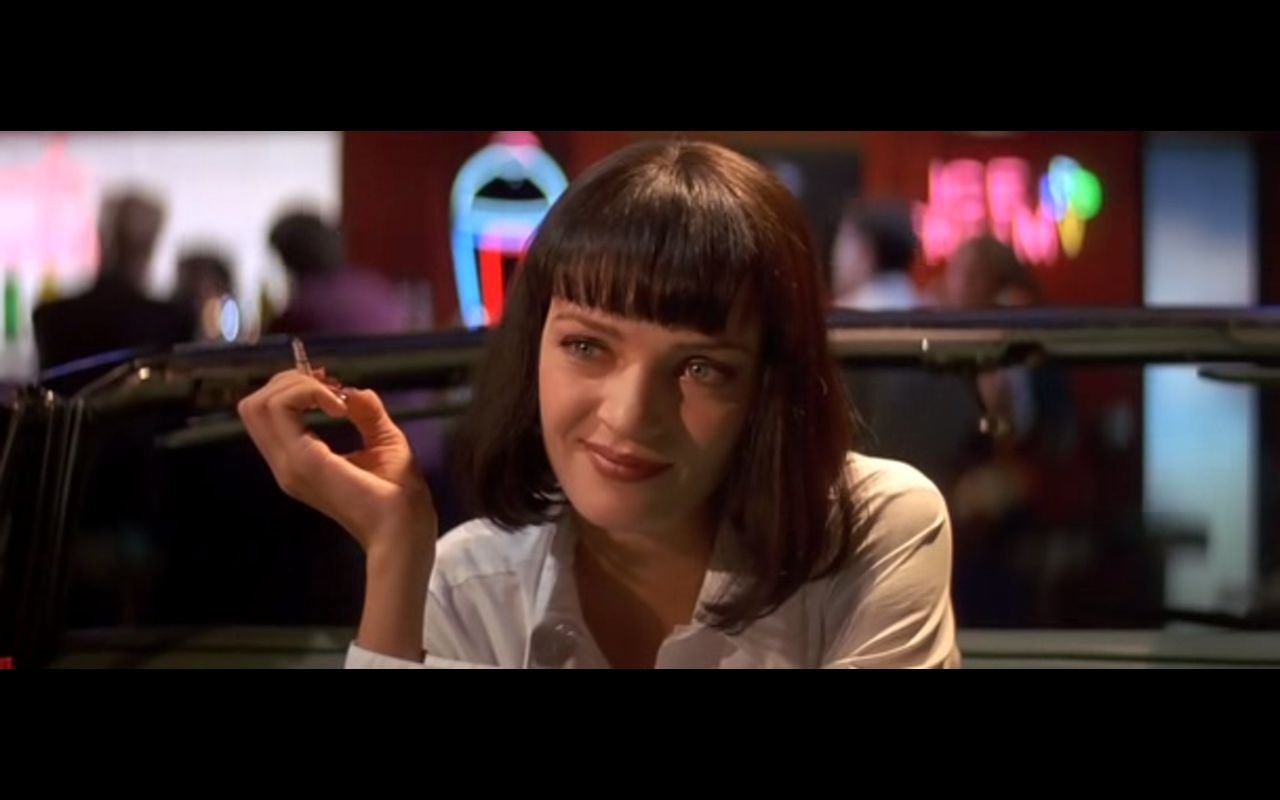
When we settle in for a movie night, what truly keeps us glued to the screen? More often than not, it’s the raw, undeniable force of conflict. These aren’t just minor disagreements; we’re talking about epic clashes that define characters, reshape worlds, and keep the very fabric of the story from unraveling. From the desperate struggles of an underdog boxer to the fate of entire planets hanging in the balance, these external conflicts are the heartbeats of our favorite cinematic experiences, driving plots forward with a palpable tension that makes every moment count.
Movies are masters at presenting these thrilling conflicts, creating drama that compels us to invest in every punch, every chase, and every whispered confession. Whether it’s a battle against a formidable foe, an oppressive society, or even the harsh unpredictability of nature itself, these struggles become the crucible in which our heroes are forged. They push characters to their limits, forcing them to grow and change in ways we, the audience, can deeply connect with, making their victories all the more satisfying and their defeats all the more poignant.
In the world of entertainment, understanding external conflict is crucial. It’s the engine that creates stakes, builds tension, and delivers the visual drama that captivates millions. Think of Katniss Everdeen’s fight against the Capitol in ‘The Hunger Games,’ or Andy Dufresne’s silent rebellion against the prison system in ‘The Shawshank Redemption’—these are external conflicts at work, shaping the very essence of compelling storytelling. Let’s dive into some of the most memorable and impactful external conflicts that have graced the silver screen, showcasing how filmmakers use these dynamic struggles to create unforgettable cinematic moments.

1. **Harry Potter vs. Lord Voldemort in ‘Harry Potter and the Deathly Hallows Part 2’ (2011)**The final confrontation between Harry Potter and Lord Voldemort stands as a monumental moment, not just within the ‘Harry Potter’ series but in the broader tapestry of cinematic good versus evil. This epic clash is the culmination of a decade-long film series, bringing a generations-defining saga to its dramatic crescendo. Taking place amidst the chaos and devastation of the Battle of Hogwarts, it’s a fight that carries the weight of prophecy, sacrifice, and the hopes of the entire wizarding world.
While the books presented a more dialogue-heavy discussion about the true ownership of the Elder Wand—a nuanced but less visually dynamic exchange—the movie adaptation wisely transformed it into a big, flashy fight. This change ensured the cinematic climax delivered the action-packed spectacle fans craved, with Harry and Voldemort shooting spells at each other, flying around the castle, and their wands connecting in a beam of light that symbolized the epic struggle between their opposing forces. The visual grandeur served to underscore the monumental stakes of this final duel.
Regardless of the medium, both versions arrive at the same pivotal conclusion: Harry defeats Voldemort once and for all. This victory isn’t just a personal triumph for the Boy Who Lived; it marks the definitive end of the Second Wizarding War and brings Voldemort’s reign of terror to a decisive close. The sheer weight of anticipation for this battle, built over countless hours of storytelling, made it a classic example of character versus character conflict that resonated deeply with a global audience, proving that some battles are simply worth the wait.

2. **Simba vs. Scar in ‘The Lion King’ (1994)**Disney’s ‘The Lion King’ delivers a truly Shakespearean saga of betrayal, loss, and ultimately, redemption, with the central conflict revolving around the young lion cub Simba and his treacherous uncle, Scar. Scar’s insatiable hunger for power drives him to orchestrate the tragic death of his brother, Mufasa, the rightful king, allowing him to seize control of Pride Rock. This act of calculated villainy sets the entire dramatic arc into motion, sending Simba into exile and the Pride Lands into despair.
Believing he was responsible for his father’s death, a guilt-ridden Simba flees, finding solace and friendship far from home with the carefree duo Timon and Pumbaa. This period of self-imposed exile allows him to grow, but his destiny as the rightful king is never truly forgotten. It’s a journey of self-discovery, punctuated by the shadow of a past he believes he can never escape, even as the Pride Lands suffer under Scar’s tyrannical and neglectful rule.
Years later, a reunion with his old friend Nala delivers the harsh truth: the Pride Lands are in ruins, and only Simba can reclaim what was lost. This revelation ignites the spark of courage within him, compelling him to return and confront the past he had so desperately tried to outrun. The stage is set for an epic showdown, a true clash of ideals and power, where the fate of an entire ecosystem hangs in the balance, relying on Simba to embrace his identity and confront his fears.
The climax sees Simba and Scar engage in a fierce battle for dominance. Scar, ever the manipulator, attempts to shift the blame to his hyena allies, but Simba, now a matured and courageous leader, forces his uncle to admit the truth about Mufasa’s murder. This moment of forced confession is crucial, not just for Simba’s personal vindication but for the restoration of order and justice to the Pride Lands. The battle encapsulates Simba’s growth from an innocent cub into a brave, capable leader ready to protect his home and his pride.
Ultimately, Simba emerges victorious, reclaiming his birthright and taking his place as the rightful king. The conflict is a powerful narrative device, showcasing not only the external struggle for power but also Simba’s internal journey from fleeing responsibility to embracing his destiny. This story of a character’s struggle against another, driven by deeply personal stakes, became Disney’s highest-grossing traditionally animated film, solidifying its place as a timeless tale of heroism and family.

3. **Rocky Balboa vs. Apollo Creed in ‘Rocky’ (1976)**The 1976 film ‘Rocky’ introduced audiences to one of cinema’s most iconic underdog stories, fueled by the classic external conflict between the gritty, small-time boxer Rocky Balboa and the flamboyant, reigning world heavyweight champion, Apollo Creed. Rocky, a relative unknown from the streets of Philadelphia, receives an unexpected shot at the title when Apollo, seeking a publicity stunt, chooses him as an easy opponent after his original challenger withdraws. This setup immediately establishes a compelling David versus Goliath dynamic, with virtually no one expecting Rocky to stand a chance.
The conflict intensifies not just in the boxing ring, but in the training montage and personal stakes leading up to the fight. Rocky, acutely aware of the opportunity and the skepticism surrounding him, dedicates himself to a grueling training regimen, determined to prove he’s more than just a “bum from the neighborhood.” Conversely, Apollo, confident in his own prowess and seeing the bout as more of a show than a genuine challenge, largely underestimates his opponent, embodying the very complacency that can lead to a champion’s downfall.
Their clash in the ring becomes nothing short of legendary, defying all expectations. Rocky, against all odds, goes the distance with Apollo, an unprecedented feat that no other fighter had managed before. The fight is a brutal, physically and mentally exhausting test for both men, pushing them beyond their perceived limits. It’s a testament to endurance, spirit, and the sheer will to prove oneself against a seemingly insurmountable adversary, capturing the essence of a truly earned struggle.
This external conflict is the very engine of the movie’s plot and the profound development of its characters. It vividly illustrates how an underdog, fueled by determination and given just one chance, can rise to an occasion that seemed impossible. The raw, visceral nature of their battle not only propels Rocky into cinematic stardom but also forces Apollo to confront his own assumptions and the potential fragility of his championship status. ‘Rocky’ didn’t just launch a successful franchise; it revolutionized the sports film genre, proving that the most compelling fights aren’t always about winning, but about proving one’s worth.

4. **The Districts vs. The Capitol in ‘The Hunger Games’ (2012)**‘The Hunger Games’ presents a powerful and resonant example of character versus society conflict, depicting a stark rebellion against an oppressive, totalitarian government. The Capitol, under the iron fist of President Snow, maintains control over its twelve subjugated districts through fear, economic disparity, and the brutal annual spectacle of the Hunger Games. This horrific event serves as a constant reminder of the Capitol’s absolute power, forcing children from each district to fight to the death as both punishment and entertainment.
From this grim reality, Katniss Everdeen emerges as an accidental, yet potent, face of the burgeoning rebellion. Her actions within the arena—her compassion for Rue, her defiance in sharing berries with Peeta—spark flickers of hope and defiance across the districts. She fundamentally refuses to play by the Capitol’s cruel rules, her humanity shining through the manufactured barbarity of the games, creating cracks in the Capitol’s carefully constructed facade of control and hopelessness.
The iconic mockingjay pin quickly becomes a powerful symbol of this burgeoning resistance. It represents unity among the oppressed districts and a refusal to be silenced, transforming from a simple trinket into a banner under which defiance can gather. As Katniss continues to challenge the system, the uprising gains momentum, with more and more people from the downtrodden districts finding the courage to join the fight against the Capitol’s tyranny, turning whispers of discontent into a growing chorus of rebellion.
Recognizing the power of narrative, the rebels cleverly utilize propaganda to spread their message and counter the Capitol’s carefully curated lies. They film “propos” featuring Katniss, transforming her into a rallying figure designed to inspire and galvanize support. This media war plays a crucial role in shaping public opinion and solidifying the support base for the growing revolution, showing that battles are not just fought with weapons but with ideas and images.
The conflict dramatically escalates when District 13, long thought destroyed, emerges as the rebellion’s clandestine headquarters. This revelation provides the rebels with military support and strategic leadership, transforming scattered acts of defiance into a full-scale war. The fight against the Capitol transitions from individual acts of bravery into a widespread, organized movement, making ‘The Hunger Games’ a poignant exploration of rebellion, social inequality, and the indomitable human spirit in the face of overwhelming oppression.

5. **Woody vs. Buzz Lightyear in ‘Toy Story’ (1995)**In the pioneering 1995 animated film ‘Toy Story,’ the key external conflict kicks off with the arrival of Buzz Lightyear, shattering the comfortable world of Woody, Andy’s beloved cowboy doll. Woody had always been Andy’s undisputed favorite, the leader of the toys, but Buzz’s grand entrance as a flashy new birthday gift immediately threatens his established position. Buzz, a space ranger action figure, truly believes he’s a real astronaut, complete with cool gadgets and an impressive, if delusional, backstory.
Buzz’s undeniable coolness and his vibrant, adventurous persona quickly captivate Andy, winning him over with his shiny buttons and seemingly endless functions. This sudden shift in favor deeply affects Woody, fueling intense jealousy and a profound fear of losing his cherished place in Andy’s heart. This isn’t just a rivalry for attention; it’s an existential crisis for Woody, who defines himself by his role as Andy’s most important toy, making the stakes incredibly high for a talking doll.
The initial clash between the two toys is central to the film’s early narrative. Woody, in a moment of desperation and competitive fervor, accidentally pushes Buzz out a window, a pivotal event that leads both toys to become lost outside of Andy’s room. This unfortunate mishap forces them, two diametrically opposed personalities, to begrudgingly work together, navigating the dangerous human world to find their way back home. Their shared adversity is the catalyst for a much deeper connection.
Their bitter rivalry also creates a ripple effect among the other toys. The group is forced to choose sides, torn between their familiar, long-standing leader and the exciting, charismatic newcomer. This internal division within the toy community adds another layer of complexity to the conflict, demonstrating how a dispute between two individuals can impact an entire social dynamic, even among plastic playthings.
As Woody and Buzz confront various dangers and challenges together, their initial animosity slowly begins to transform into mutual respect and, eventually, a deep friendship. They learn to appreciate each other’s unique strengths—Woody’s leadership and loyalty, Buzz’s bravery and idealism—and realize the power of working as a team. By the film’s heartwarming conclusion, they have moved past their rivalry to become close pals, setting the stage for future adventures. ‘Toy Story’ wasn’t just the first fully computer-animated feature film; it revolutionized animation and storytelling by crafting emotionally rich characters and conflicts that resonated with audiences worldwide.

6. **Humanity vs. Aliens in ‘Independence Day’ (1996)**‘Independence Day,’ a colossal hit from 1996, throws humanity into a classic, high-stakes external conflict against a seemingly unstoppable alien invasion. The narrative unfolds as massive alien spaceships descend upon Earth, not with friendly greetings, but with the clear intent to take over and exploit the planet. This immediate threat unites the world in a desperate fight for survival, making the conflict a quintessential ‘character vs. nature’ (or in this case, a ‘character vs. alien force’ that is technologically superior) scenario.
At first, the aliens demonstrate overwhelming power. Their gargantuan ships and advanced weaponry easily overpower human armies, leading to the devastating destruction of major cities across the globe. Iconic landmarks are reduced to rubble, and the sheer scale of the alien attack plunges humanity into an unprecedented crisis. The initial scenes vividly convey the hopelessness and terror as our conventional defenses prove utterly ineffective against such a superior foe.
Despite the catastrophic losses and the seemingly insurmountable odds, humanity refuses to surrender. This resilience becomes the core of the film’s message. People from all walks of life and nations come together, putting aside their differences to find a way to beat the invaders. The main characters—a determined president, a brilliant scientist, and a courageous fighter pilot—eventually devise a clever plan, highlighting human ingenuity in the face of extinction, showing that even against overwhelming power, the will to survive can find a way.
Their strategy involves a bold, high-risk gambit: using the aliens’ own technology against them. A computer virus, painstakingly developed, becomes the key to bringing down the alien shields, rendering their formidable defenses vulnerable. This opens a narrow window of opportunity for human pilots to launch a counter-offensive, flying into the heart of the alien ships to destroy them from within, a testament to audacious planning and daring execution. The success of this plan underscores the ‘character vs. technology’ aspect of the conflict.
‘Independence Day’ remains a beloved classic because it delivers a thrilling, feel-good story about humanity triumphing against colossal odds. Even when facing an apparently unbeatable enemy, humans find a way to unite, innovate, and ultimately prevail. The film not only defined the modern summer blockbuster with its epic scale and memorable lines but also set new standards for visual effects, crafting a spectacle that continues to thrill and inspire audiences decades later.




